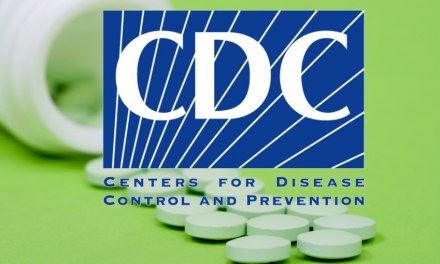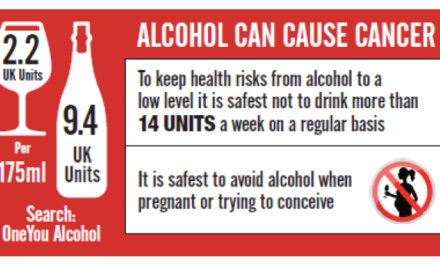The FDA has decided that now would be a good time to alter the warning labels on popular benzodiazepine sedatives.
The new warnings will emphasize potential risks, including misuse, abuse, addiction, and interactions with alcohol and other drugs. All very real, of course, but that was true back in the 1980’s when other nations, including the UK, began taking similar steps.
F.D.A. Requires Stronger Warning Label for Xanax and Similar Drugs
What took us so long here in America? Your guess is as good as mine.
This most recent change was motivated by new awareness of how often benzos were prescribed to vulnerable patients. More than 30 million Americans reported use in the past year. Many are over 65, for example, a population where women are prescribed benzos twice as often as men.
Not only that, but benzos are frequently prescribed along with an opioid, often by a nonpsychiatrist for a range of somatic complaints. I guess it’s not a surprise that around 30% of opioid overdoses also involved a benzodiazepine.
The drug subculture has long recognized the value of benzos as potentiators for other CNS depressants — a way to improve the high. Taking a benzo and an opioid enhances the ‘buzz’.
It increases the return on your investment, a former client explained to me. Seriously. He worked in high finance.
Nowadays, shorter-acting benzodiazepines have largely superseded familiar names like Librium and Valium. Current sales leaders are alprazolam (Xanax), clonazepam (Klonopin), and lorazepam (Ativan). They do make the user drowsy, and are often preferred for sleep.
Still, like any sleep med, most of the benefit comes early. After that, the drug’s effectiveness declines. That’s why for chronic sleep disorders, CBT and other behavioral protocols remain the superior option. Sure, it’s more work than popping a pill. The gains, however, are more likely to last.
The FDA also reminds users that they “… could become physically dependent on the drugs in a matter of days, and might have difficulty stopping them safely.” Good to know. “Withdrawal could actually take months,” the warning continues. Whoa.
I’m not clear about how much difference a warning label can be expected to make. It didn’t help much with cigarettes. The presence of labels did reduce the cigarette company’s liability for lung disease (“it’s not like we didn’t warn you”, they could argue). Sure hope that’s not at work here.
For the longest time, many in the healthcare professions resisted the idea that benzos could be hazardous, unless of course the patient took too many or mixed them with alcohol. I remember one physician insisting that it was impossible for someone to become dependent on a low daily dose of a benzodiazepine. We happened to have one such patient in treatment at the time, a society matron in her 60’s. I mentioned that, but I don’t think he believed me.
Perhaps the delay in recognizing the risks had something to do with our fragmented healthcare system. It’s just a lot easier to track and monitor such problems through the UK’s National Health Service. Leaves me somewhat envious.
Let’s finish with a review of the issues from WebMD: Benzodiazepine Abuse













